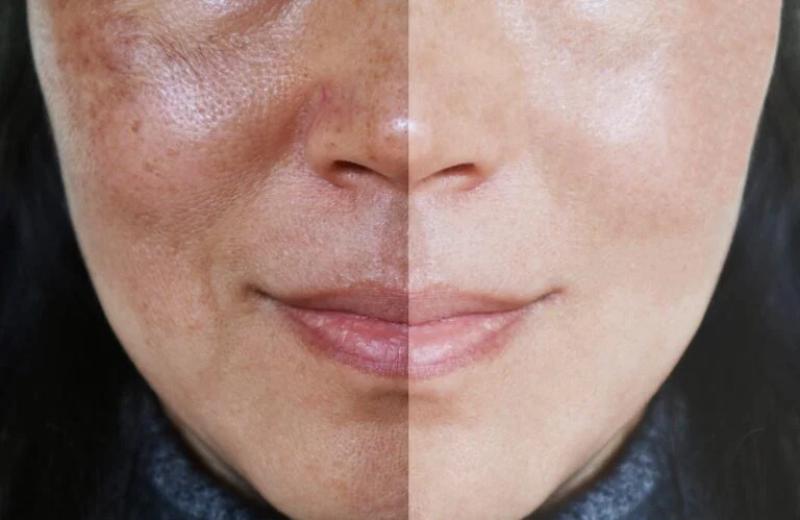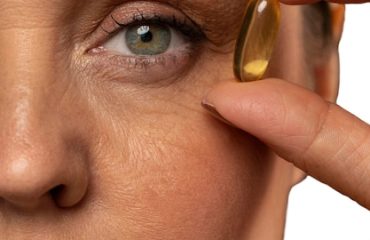Melasma is a common skin condition characterized by dark, discolored patches on the face. It often appears on the cheeks, forehead, bridge of the nose, and above the upper lip. If you’ve been searching for a “melasma specialist near me,” you’re likely seeking professional advice to manage and treat this condition. This article will explore various melasma treatments, including topical creams, home remedies, and advanced procedures, to help you make an informed decision.
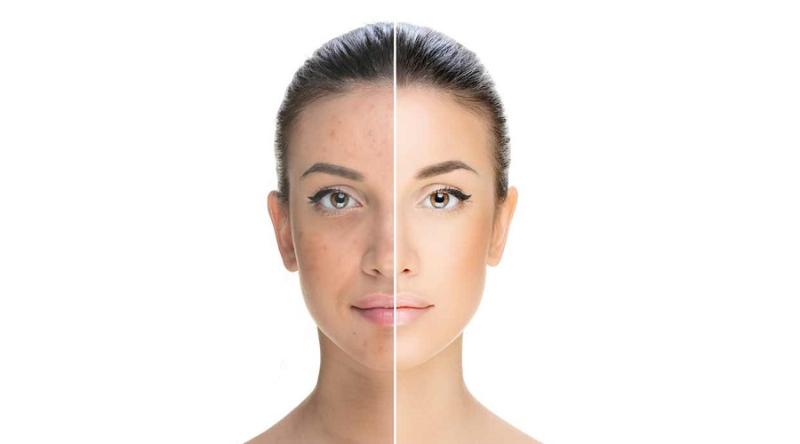
Understanding Melasma and Its Causes
Before diving into melasma treatments, it’s important to understand what causes this condition. Melasma is primarily triggered by:
- Hormonal Changes: Pregnancy, birth control pills, and hormone replacement therapy can cause melasma.
- Sun Exposure: Ultraviolet (UV) light from the sun stimulates melanocytes (pigment-producing cells) in the skin, leading to dark patches.
- Genetic Predisposition: If melasma runs in your family, you’re more likely to develop it.
- Skin Irritation: Using certain skin care products can irritate the skin and worsen melasma.
Knowing these triggers can help in choosing the right treatment and preventive measures.
Introduction to Melasma Treatment
When it comes to melasma treatment, there are several options available. These treatments aim to lighten the dark patches and prevent further pigmentation. This guide will cover melasma treatment creams, the best treatments for melasma on the face, home remedies, and more advanced options like laser treatment.
Topical Solutions: Melasma Treatment Cream
One of the most common and accessible treatments for melasma is the use of topical creams. These creams contain active ingredients that help lighten hyperpigmented areas and even out skin tone.
Effective Melasma Treatment Creams
- Hydroquinone: Often considered the first line of treatment, hydroquinone is a bleaching agent that lightens dark spots on the skin.
- Tretinoin and Corticosteroids: These ingredients are sometimes combined with hydroquinone to enhance its effects. Tretinoin increases cell turnover, while corticosteroids reduce inflammation.
- Azelaic Acid: This natural acid is effective in treating melasma and is suitable for sensitive skin.
- Kojic Acid: Derived from fungi, kojic acid is another popular ingredient that helps lighten pigmentation.
Using these creams consistently can significantly reduce the appearance of melasma. However, it’s essential to consult a dermatologist to determine the best cream for melasma suited to your skin type.
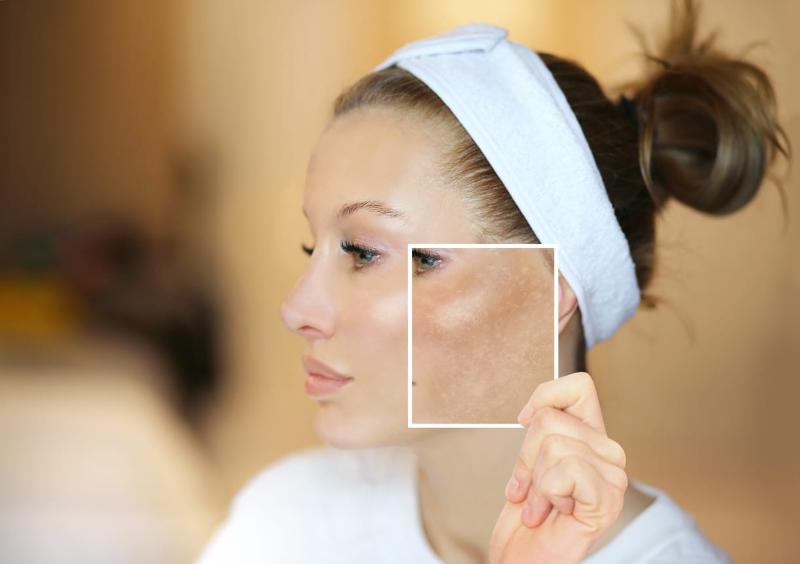
The Best Treatment for Melasma on Face
Treating melasma on the face requires a multifaceted approach, combining topical treatments with professional procedures.
Chemical Peels
Chemical peels involve applying a chemical solution to the skin to exfoliate the outer layers. This can improve skin texture and lighten dark spots.
- Glycolic Acid Peels: Helps remove dead skin cells and stimulates collagen production.
- Salicylic Acid Peels: Ideal for oily and acne-prone skin, salicylic acid peels help in reducing pigmentation.
- TCA Peels: Trichloroacetic acid peels are stronger and offer more profound results for severe melasma.
Microdermabrasion
Microdermabrasion is a non-invasive procedure that exfoliates the skin, removing dead cells and promoting new cell growth. It’s effective for mild melasma and can be combined with other treatments for better results.
Laser Treatment for Melasma
Laser treatment for melasma is an advanced option that offers significant results, especially for stubborn cases.
- Fractional Lasers: Target small areas of the skin to break down pigmentation with minimal downtime.
- Q-Switched Lasers: Effective in breaking down melanin without damaging surrounding tissues.
It’s crucial to have these procedures performed by a qualified specialist to avoid potential side effects and achieve the best results.
Melasma Treatment at Home
For those who prefer natural or less invasive treatments, several home remedies can help manage melasma.
Natural Remedies
- Aloe Vera: Known for its soothing properties, aloe vera can lighten dark patches with regular use.
- Apple Cider Vinegar: Contains acetic acid, which acts as a natural bleaching agent. Dilute it with water and apply it to affected areas.
- Lemon Juice: Citric acid in lemon juice has natural skin-lightening properties. Use cautiously on sensitive skin.
DIY Masks
- Turmeric and Milk Mask: Turmeric has anti-inflammatory properties, while milk contains lactic acid that exfoliates the skin.
- Papaya and Honey Mask: Papaya’s enzymes promote skin renewal, and honey provides moisture.
Best Cream for Melasma
Choosing the best cream for melasma involves considering your skin type, the severity of the condition, and any potential allergies. Some top-rated creams include:
- Obagi Nu-Derm Clear Fx: Contains arbutin and antioxidants to lighten dark spots.
- Meladerm: An over-the-counter cream with natural extracts like licorice and bearberry.
- SkinCeuticals Discoloration Defense: A serum combining tranexamic acid, niacinamide, and kojic acid for effective pigmentation reduction.
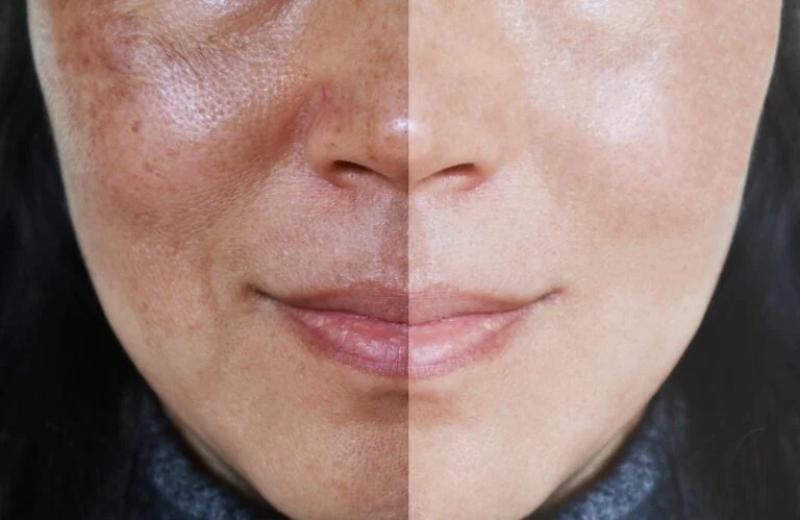
Vitamins for Melasma Treatment
Certain vitamins can support skin health and aid in melasma treatment. Incorporating these into your diet or skincare routine can enhance results.
- Vitamin C: An antioxidant that helps reduce melanin production and protects skin from UV damage.
- Vitamin E: Repairs skin damage and provides essential moisture.
- Vitamin A (Retinoids): Promotes cell turnover and reduces pigmentation.
- Vitamin B3 (Niacinamide): Reduces inflammation and improves the skin barrier.
How to Cure Melasma from the Inside
Treating melasma from the inside involves addressing internal factors that may contribute to the condition. This holistic approach complements topical treatments and can improve overall effectiveness.
Dietary Changes
- Anti-Inflammatory Diet: Foods rich in antioxidants, such as berries, leafy greens, and nuts, can reduce inflammation and improve skin health.
- Hydration: Drinking plenty of water keeps the skin hydrated and supports cellular functions.
- Healthy Fats: Omega-3 fatty acids found in fish and flaxseed can improve skin elasticity and reduce inflammation.
Hormonal Balance
Maintaining hormonal balance is crucial since hormonal imbalances can trigger melasma.
- Stress Management: High stress levels can disrupt hormone balance. Practices like yoga, meditation, and deep-breathing exercises can help.
- Regular Exercise: Physical activity helps regulate hormones and improve skin health.
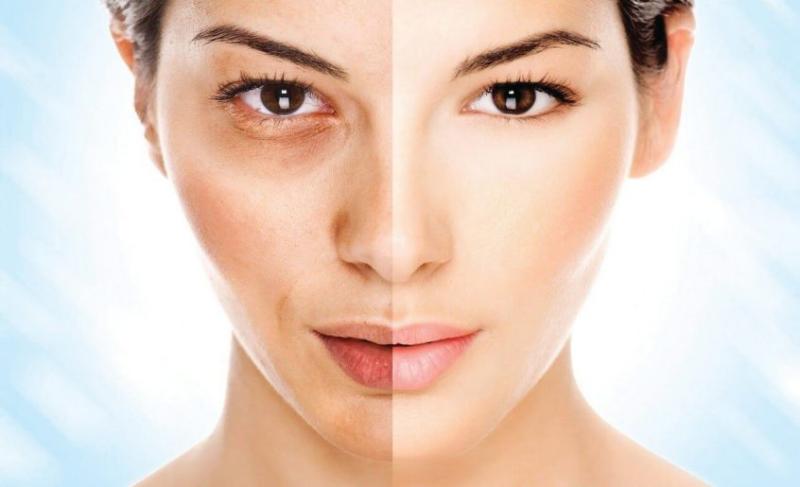
Conclusion: Finding the Right Melasma Treatment for You
Melasma can be challenging to manage, but with the right approach, significant improvements are achievable. Whether you opt for melasma treatment creams, home remedies, or advanced procedures like laser treatment, understanding your skin and the underlying causes of melasma is essential.
By consulting with a dermatologist and exploring various treatment options, you can find the best solution for your skin. Remember to be patient, as melasma treatment often requires time and consistency.
Key Tips for Managing Melasma:
- Use sunscreen daily to protect your skin from UV damage.
- Consult with a dermatologist to find the best treatment plan for your skin type.
- Combine topical treatments with dietary changes and stress management for a holistic approach.
- Be consistent with your treatment regimen for the best results.
For more insights and tips on melasma treatment, subscribe to our blog and stay updated with the latest in skincare advancements. Let us help you achieve clearer, more radiant skin!

